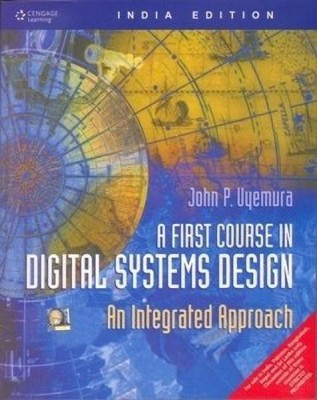First Course in Digital Systems Design(English, Paperback, Uyemura John P.)
Quick Overview
Product Price Comparison
This book provides a new paradigm for teaching digital systems design. It puts forth the view that modern digital logic consists of several interacting areas that combine in a cohesive fashion. This includes traditional subjects such as Boolean algebra, logic formalisms, Karnaugh maps, and other classical topics. However, it goes beyond these subject areas by including VHDL, CMOS, VLSI and RISC architectures to show what the field looks like to a modern logic designer. Modern digital design is no longer practiced as a stand-alone art. The integrated approach used in this book is designed to ensure that graduating engineers are prepared to meet the challenges of the new century. Salient Features Strong emphasis on design hierarchies. Using this view as a central theme, the book introduces design processes at all levels, from the bottom-up and from the top-down. Written in three basic modules for maximum flexibility: traditional logic design; integration and VLSI; and basic computer architecture. Chapter 5 on VHDL presents the structure and main ideas of an important tool in modern design, allowing students to see how theory and physical implementations are related. Chapters 6 and 7 on VLSI design are unique to this text. They provide a real-world perspective often missing from more standard treatments. Chapters 11 and 12 cover computer fundamentals, teaching the basics while reinforcing the idea of system hierarchies.


